Search Engine Optimization (SEO)
“Search Engine Optimization” is the abbreviation for “search engine optimization.” It’s the process of making a website’s technical setup, content relevancy, and link popularity better so that its pages are simpler to locate, more relevant to user queries, and more popular, resulting in higher search engine rankings. Search engines recommend SEO efforts that improve both the user’s search experience and a page’s ranking. This is done by including content that meets user search needs. Among other SEO best practices, this means using relevant keywords in titles, meta descriptions, and headlines (H1). It also means using keyword-rich URLs instead of long strings of numbers and schema markup to explain what the page’s content means.
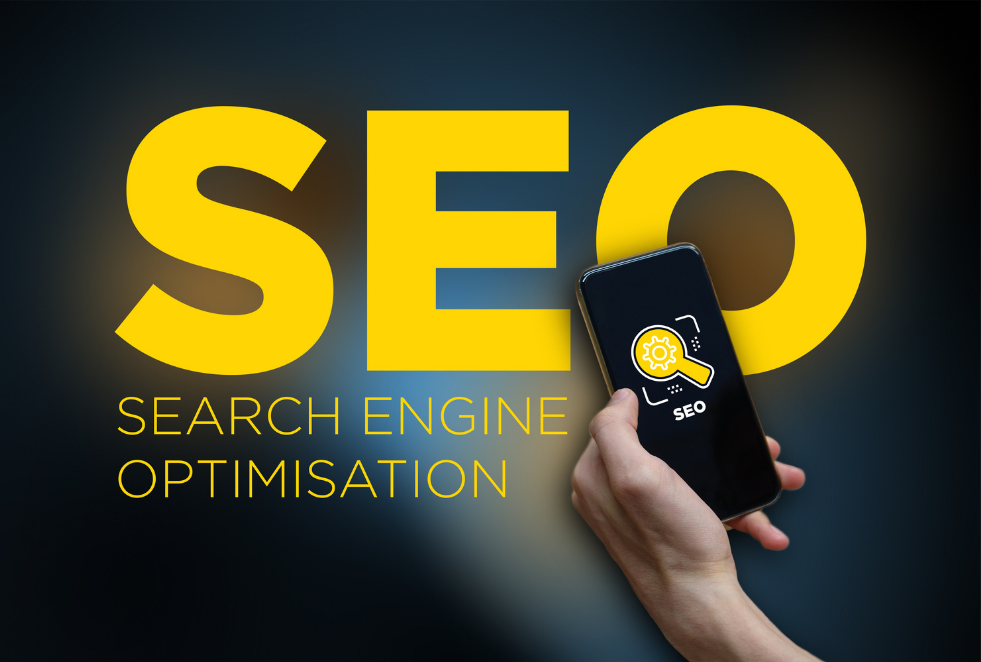
Types of SEO
There are 12 different forms of SEO. Below is a short summary of each, as well as its benefits.

When you hear the term “white-hat SEO,” it means that the SEO techniques follow Google’s and the other big search engines’ rules. White-hat SEO improves your search engine ranking on the SERPs while keeping your website’s integrity in line with the search engine’s terms of service.
White-hat SEO is the most effective technique to create a successful website. Here are some SEO best practises to follow at all times:
- Use meta-tags with a lot of keywords and a lot of information.
- Give the people who visit your website good services and information.
- Make sure it’s easy for people to use your website.
Black-Hat SEO
Using Google’s search algorithm weaknesses to your advantage is a kind of black hat SEO. Search engine optimization tactics like spammy or sponsored link building, keyword stuffing, cloaking, and the like are often used by website owners in an attempt to boost their rankings. These methods are immediately effective, but if Google discovers them, they might harm your website. So, if you want to avoid black hat SEO, you should do so.


Gray-Hat SEO
It’s a type of SEO that is riskier than white-hat SEO. This is because gray-hat SEO practises don’t fit into either the white-hat or black-hat categories. Instead, they are not like other things. But search engines won’t ban your site if you use gray-hat SEO. When you use gray-hat SEO, the material or content you post is not clearly defined.If you understand what gray-hat SEO is and what happens when you use it, you can avoid users from quitting your website since you’ll know what may go wrong. This will make it easier for you to follow SEO requirements.
On-Page SEO
On-Page SEO is the process of changing a web page’s title tags, internal links, HTML code, URL, images, and many other on-page elements to improve its rankings and user experience. On-page search engine optimization (SEO) factors are things like:
- Writing content for your website that is useful, interesting, and informative for visitors and easy for Google bots to find.
- Putting emphasis on important parts of your work by using HTML tags.
- Checking to see if any links are broken or if there is any duplicate content.
- How to make photos take up less room.
- Making sure that the URLs of many pages are clear and to the point.
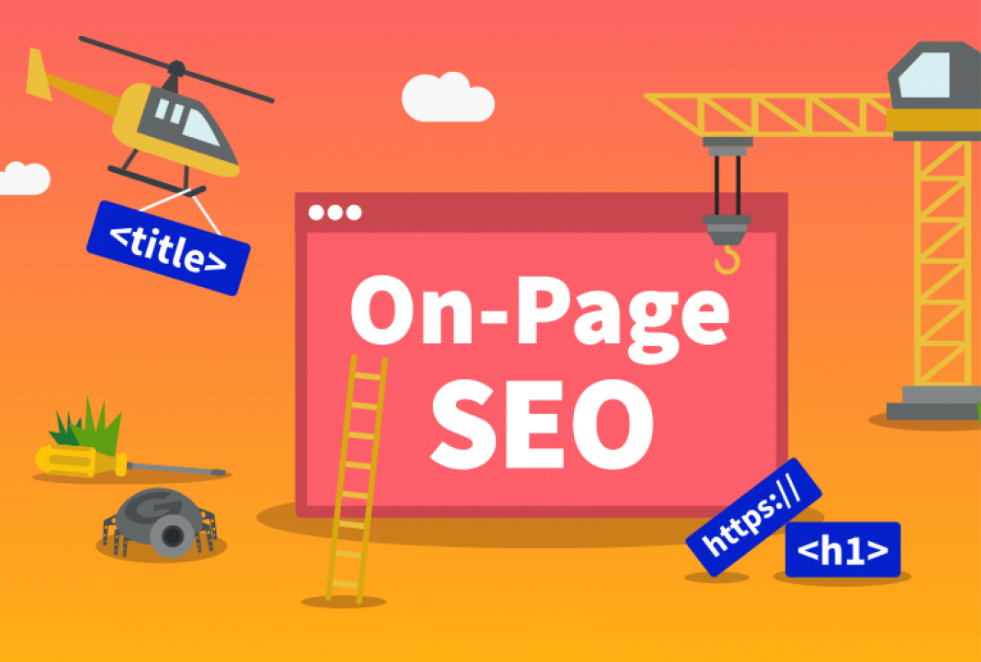

Off-Page SEO
Off-page SEO is everything you do outside of your site to help it rank higher in Google’s search results. It means getting good social media advertising, getting clients to give you good reviews on online forums, and getting links from trusted websites in the same field as you.
Technical SEO
As a general rule, the goal of technical SEO is to make it easier for Google’s robots to crawl, analyse, and index your web pages. Making an XML sitemap and making your site mobile-friendly, for example, may help web spiders filter and organise your pages based on their content. To understand more, see our page on technical SEO.
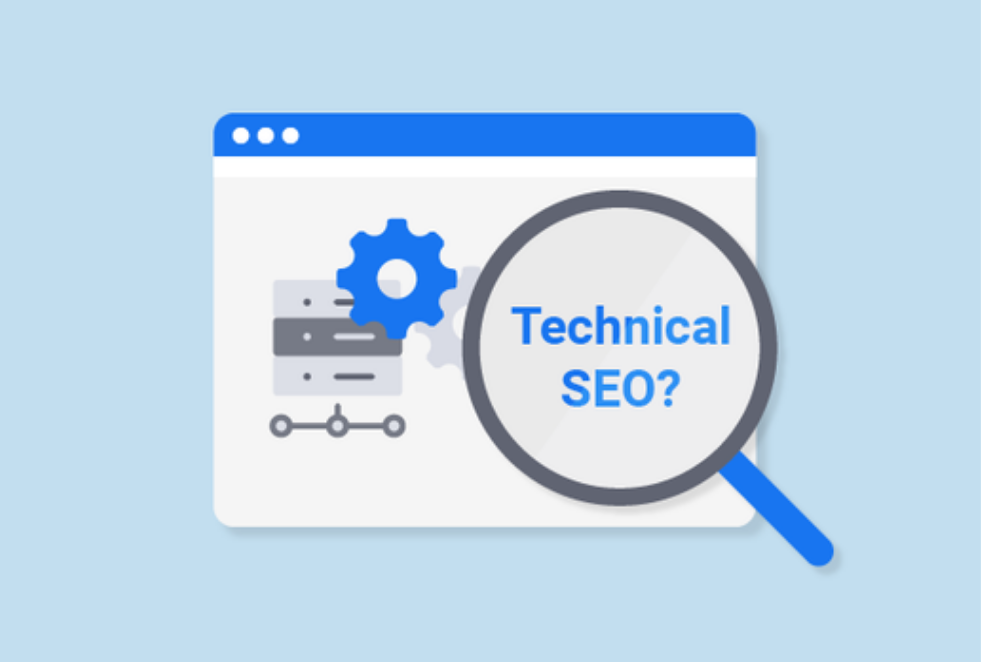
SEO on a global scale
International SEO makes it easier for people from different countries and languages to find your website on their own. If you want to do well with international SEO, you need to know the culture of your target market and let them do business in their own language and currency. The right way to write dates and times depends on where they are. Talk to them in their own language if they are scared. International SEO tries to make sure that the people you want to reach online have a good time.
Local SEO
One of the most significant forms of SEO for local firms is local SEO strategy. It aids the company’s position in Google’s local search results.Local SEO helps businesses connect with people in their area by looking at how and how often people search. If you use local SEO techniques, your local business might rank higher in both the search results and the local map pack. In the end, this helps your business grow and brings more people to your website.
Commerce SEO
One of the best ways to get traffic is through paid search, but SEO is one of the best ways to get traffic for a lot less money. It makes it easier for people looking for a product or service to find your online store. It’s important that people can find your website in the SERPs. If it doesn’t, you’ll lose out on a lot of online shoppers. Ecommerce SEO can help your site get more traffic and searches if you do research on your competitors, focus on SEO for the homepage, and build your site in the right way.
Mobile SEO
Mobile SEO is the process of making a website better for search engines while also making sure it looks good on phones and tablets. If a customer has a bad experience with a brand on their phone, they may never come back. If you want your customers to have the best experience possible, you need to use this type of search engine optimization. It’s important to make sure that your site’s style, layout, and page speed don’t turn away mobile users.
Content SEO
Content SEO” is another term for this form of SEO. To improve a website’s position in search engine results pages (SERPs), it’s necessary to provide fresh material such as articles, images, and videos. When collaborating with content SEOs, it’s important to keep in mind the writing, site structure, and keyword strategy trifecta. It’s very important to keep all three in check, because if your website doesn’t have good content, it won’t do well in the search results. Additionally, material should be reviewed before to and after publication. Keep a close watch on your material’s performance. To encourage more people to visit your website, change what needs to be updated, add new stuff, and try a few other things
Negative SEO
SEO that is disgusting and against the rules is called “negative SEO.” The goal of negative SEO is to lower your competitors’ search rankings so you can pass them or get ahead of them. Bad SEO techniques include breaking into someone’s site and adding a lot of low-quality links to it, as well as posting negative feedback or reviews about them on many online forums and discussion boards, etc. If someone is caught doing bad SEO, they could be in trouble with the law in a number of ways.
How do search engines actually work?
When people have a query and want to locate an answer on the internet, they utilize search engines. Search engine algorithms are computer programmers that search for hints in order to provide searchers with the precise results they want. Algorithms are used by search engines to identify web sites and determine which ones to rank for a particular keyword. There are three parts to how search engines work: crawling, which is the stage of finding things, indexing, which is the stage of filing, and ranking, which is the stage of getting things.
Step 1: Crawling
The first thing to do is crawl. Web crawlers are sent out by search engines to find and record information about new pages. These web crawlers are sometimes called “spiders” or “robots.” Their goal is to find new web pages and check back on pages they’ve already been to to see if anything has changed or been added.
Search engines “scan” web pages by following links that have already been identified. When a search engine analyses your homepage, it will look for another link to follow, and if you have a blog post linked from your homepage, it may follow the connection to your new blog post.
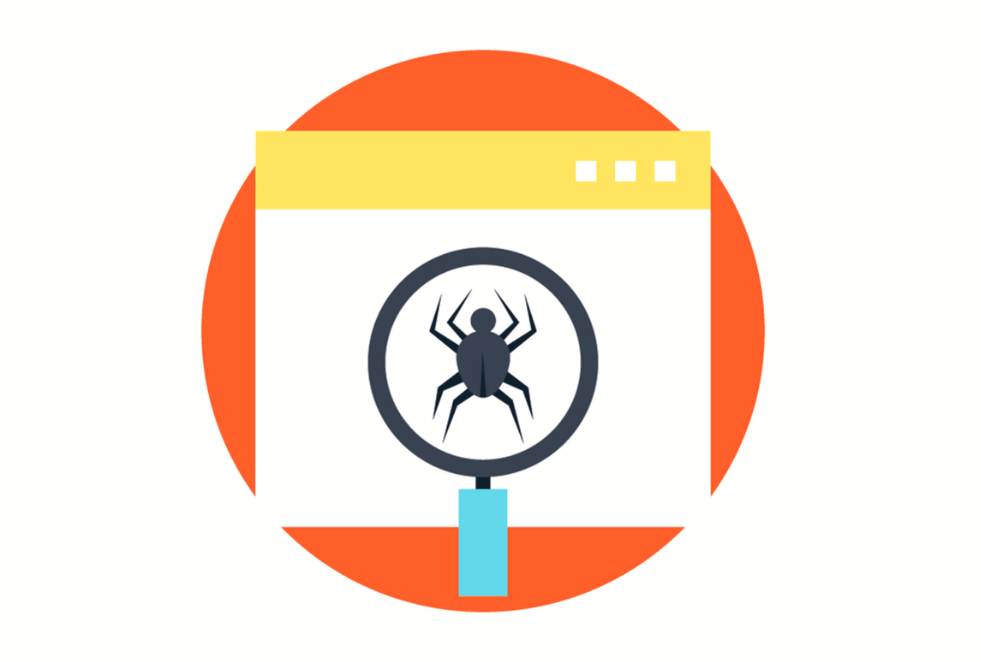

Step 2: Indexing
The next step is to make an index. When a search engine indexes, it decides whether it will use the content it has crawled. If a search engine thinks a crawled web page is useful, it will add it to its index. This index is used in the last step of ranking. When a web page or other piece of material is indexed, it is filed and saved in a database so that it may be retrieved later. Most of the websites with unique and useful information are listed in the index. A website page can be taken out of the index if the following are true:
- Its content is already out there.
- Its content is considered low-quality or spam.
- No one could crawl on it.
- There were no links to the page or domain.
Step 3: Ranking
The most important part of the third phase is putting things in order. Ranking can only happen after crawling and indexing have been completed. So, a search engine may rank your site after it has crawled and indexed it.
Search engines use more than 200 ranking signals to sort and rank content, and they all fall under the three pillars of SEO: technical optimization, on-page optimization, and off-page optimization. Some signals that search engines use to decide how to rank web pages are:
- Keyword in title tag: If the keyword or a close version of it was used on the page and in the title tag.
- How fast a page loads – If the page loads quickly and works well on mobile devices.
- Reputation of the website: Whether or whether the page and website are regarded as reliable for the search subject.

The three pillars of SEO
As a digital marketer, you need to know how to get searchers to find your brand, website, or company. Knowing how SEO is changing will keep you at the top of your game. SEO changes often in small ways, but its main ideas don’t change. SEO can be broken down into three main parts, or “pillars,” that you need to know about and work on regularly
Technical Optimization: Technical Optimization is the process of doing things on your site that will help SEO but have nothing to do with the content. Most of the time, it goes on behind the scenes.
On-Page Optimization: This is the process of making sure that the content on your site is relevant and gives users a great experience. It entails producing material that revolves around the proper keywords and may be accomplished with the help of a content management system. Only a few of the content management systems accessible include WordPress, Wix, Drupal, Joomla, Magento, Shopify, and Expression Engine.
Off-Page Optimization is the technique of increasing your website’s search engine results by performing things that aren’t on your website. Backlinks play an important role in this, since they aid in the development of the site’s reputation.
Advantages of SEO
Localized Traffic
You may boost your localized traffic by using local SEO tools like Google My Business.
Cost
SEO is free, and how well it works depends on how much time you spend looking up keywords and putting them together in high-quality content.
Mobile Friendly
SEO indicates that your site is responsive, has a decent loading speed, and has no latency for mobile consumers.
Expert Status
Following top SEO tactics qualifies your website as an authority. You only have one post for each term, and your backlinks are all from high-quality sites. Your Content Goes Here
Customer Friendly
SEO helps potential consumers locate your site. When they visit your website, they see that you are a professional. Your work is free of errors in spelling and grammar.
Disadvantages of SEO
Targeted by Competitors
Effective SEO guarantees that you rank high. High-ranking websites will be targeted by competitors striving for a piece of the SEO pie, keeping you on your toes.
Changes
SEO is subject to change. Simply uttering the word “panda” causes company owners to frown. One minor tweak to SEO and your site might be at the top of the search results one day and then be severely degraded the next.
Penalties
You must be on top of your game at all times, which may need some financial investment.
What function does SEO play in a business?
The goal of SEO is to boost your company’s visibility on search engines so that prospective consumers may find you. A person in charge of your company’s SEO efforts will research and apply various website methods in order to boost your ranking for certain themes or keywords.
When clients use Google or other search engines to look for certain services, you want to make sure your firm is included in the search engine results pages (SERPs) so they can discover you. If you’re on page 70 of the SERPs, a potential customer won’t be able to see your company and click through to your website.
Kara, for example, is seeking for a car insurance quote and uses Google to get one. She won’t find you if your insurance company isn’t on the first or second page of SERPs. She’ll probably pick one of the best-rated companies, look at their options, and buy insurance from them.
As a consequence, it’s vital for your company to invest in SEO in order for more customers to find you and contact you. Customers won’t be able to purchase from you if they can’t find you, thus this will help you increase sales.

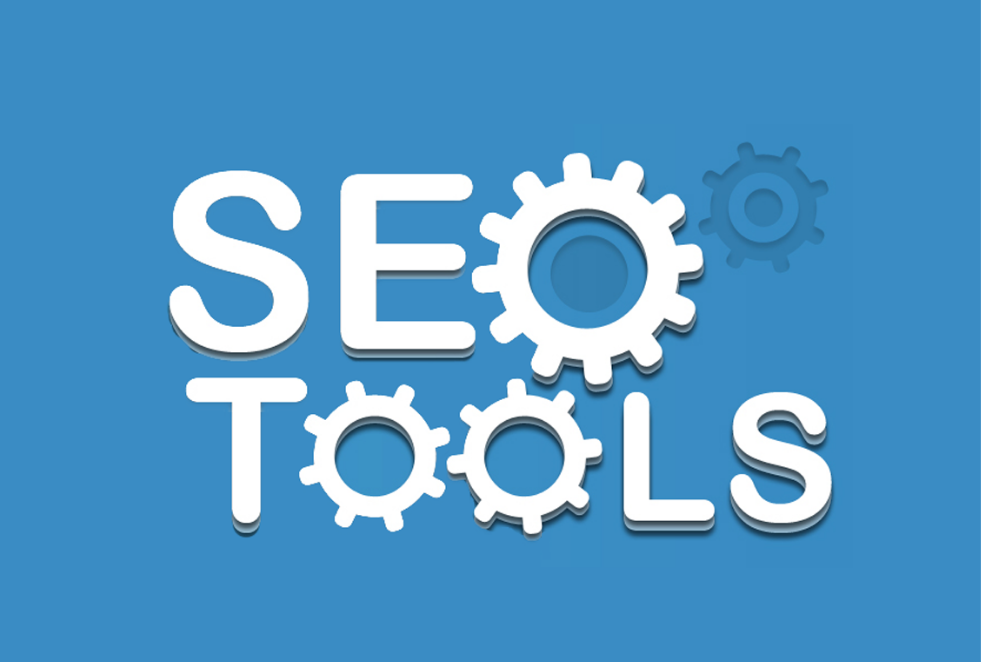
What are SEO tools?
There are a number of paid SEO tools available, like Moz, SEMrush, Ahrefs, and others, that may help you execute your strategy. However, there are also a number of free SEO tools that you may employ. In order to help you rank your sites better, Google provides Search Console, a toolkit that lets you keep tabs on things like the quantity of indexed pages and security risks.
If you want to identify keywords for your website’s content and rank for them, utilize Google’s Keyword Planner to do it.
Using SEP will allow you to take use of unique technologies that our firm has developed to assist you rank higher on all search engines.
SEO is a critical component of any digital marketing plan, and you can’t ignore it. Your sales and earnings will rise if you help your prospective clients find your products and services. A well-executed SEO strategy may do wonders for your company, which can’t afford to remain offline.
FAQ’s
Local SEO is a strategy for boosting the possibility of visitors to your website coming from searches based on their locality. It assists local businesses in getting the word out to people who need their goods and services.
SEO tools determine whether or not a website will rank well in search engine results pages. They provide data on backlinks and keywords, as well as data on the SEO competition on the internet.
SEO services are search engine optimization services that help websites get more organic search traffic by making them more visible. These are usually done by agencies or freelancers who know everything there is to know about SEO.
You may easily do your own SEO (DIY SEO) (Do It Yourself SEO). With a little research and practice, anybody can learn how to do SEO for their business. To get started with SEO fast, enter your URL here, and then focus your efforts on the indicated action items.
The simple answer is that SEO can be a great way to make a good living, and if you have the skills to start your own SEO agency, the sky is the limit. These days, there are a variety of ways to make money online, ranging from creating an ecommerce website to writing a blog to promote products and services.
Because search engine companies like Google won’t answer it, this question is the subject of a lot of talk and debate. Most experts agree that rankings are based on relevance and authority, but there are a lot of different factors that affect them, and they don’t always work the same way. The best way to get a high search engine ranking is to make a web page that has as much information as possible about a certain keyword or topic.
An SEO strategy is the process of putting a website’s content together by topic to make it more likely to show up in search results. Basically, it’s the process you go through to give yourself the best chance of getting free traffic from search engines.
In a world where more than 80% of people look for a product or service online, it has become essential to have a web presence. If your business shows up on the first page of search results, it means that people are more likely to trust you and buy from you. At ESEO, our goal is to help you get your target keywords to the top of search engines.
Search engine optimization (SEO) is how you help people find your site when they search on Google, Bing, or Yahoo. If you properly create your website and optimize your keywords, you will draw more visitors and generate more sales.
In digital marketing, it’s impossible to say enough about how important SEO is. It’s up to you to make your website more visible and stay ahead of the competition. It increases a website’s traffic, conversion rate, return on investment, and overall visibility.


